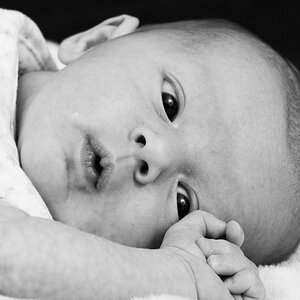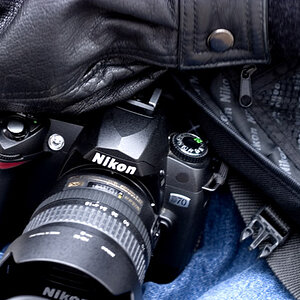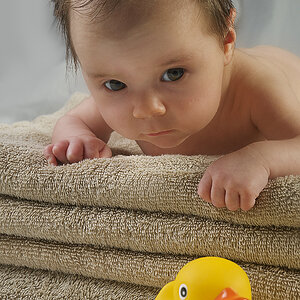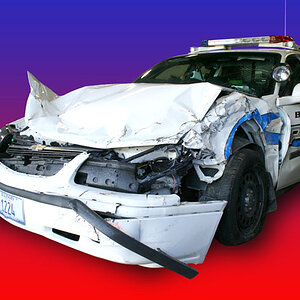NyGregg
TPF Noob!
- Joined
- Jan 5, 2012
- Messages
- 12
- Reaction score
- 0
- Location
- Rochester, NY - Home of KODAK
- Can others edit my Photos
- Photos NOT OK to edit
At some point in the past, I saw a photo of a vehicle where, (let's say it was a car) the front end of the car was static (frozen) and the remainder of the car and background was blurred from the car's motion. I am trying to figure out how it's done. I have a Nikon D7000 so I should be able to do just about anything. Can anyone tell me whether it was done by adjusting the curtain, if so how? Also, what I am hoping to do is photograph a train at night and capture the locomotive still and the cars it's pulling blurred. I can start out doing a bunch of daytime exposures to learn and then progress to the night. I also would like to do a similar shot with a car at night and then capture the tail light trails. Any suggestions are really appreciated..Thanks.


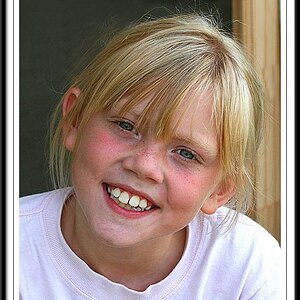
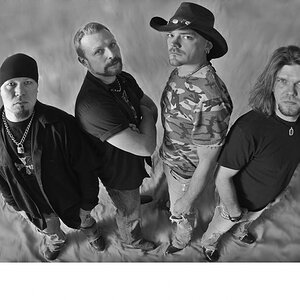


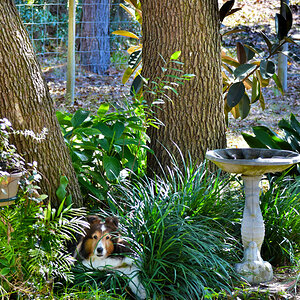
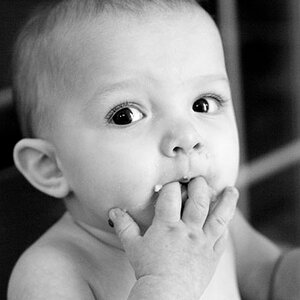
![[No title]](/data/xfmg/thumbnail/42/42276-99df5da06c3e5dc83ae4bab11e935910.jpg?1619740085)
![[No title]](/data/xfmg/thumbnail/34/34083-76406a409bc520ead3cc11af09ebd257.jpg?1619736269)
